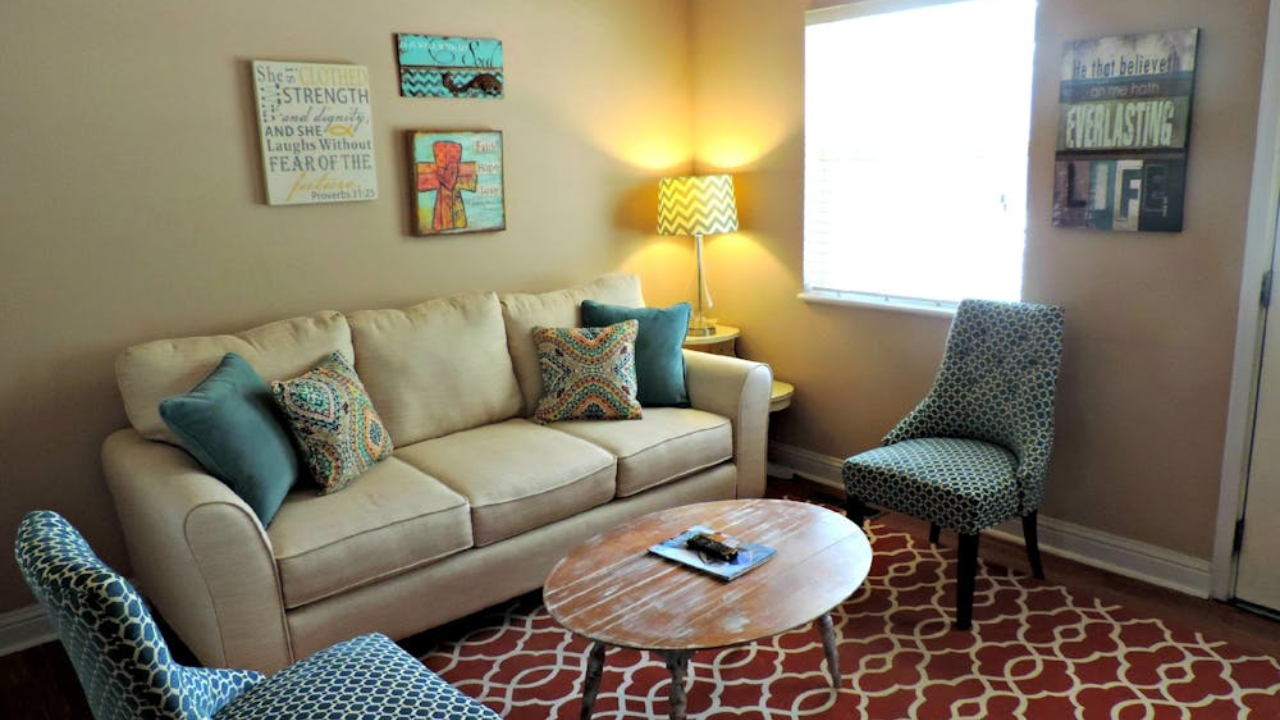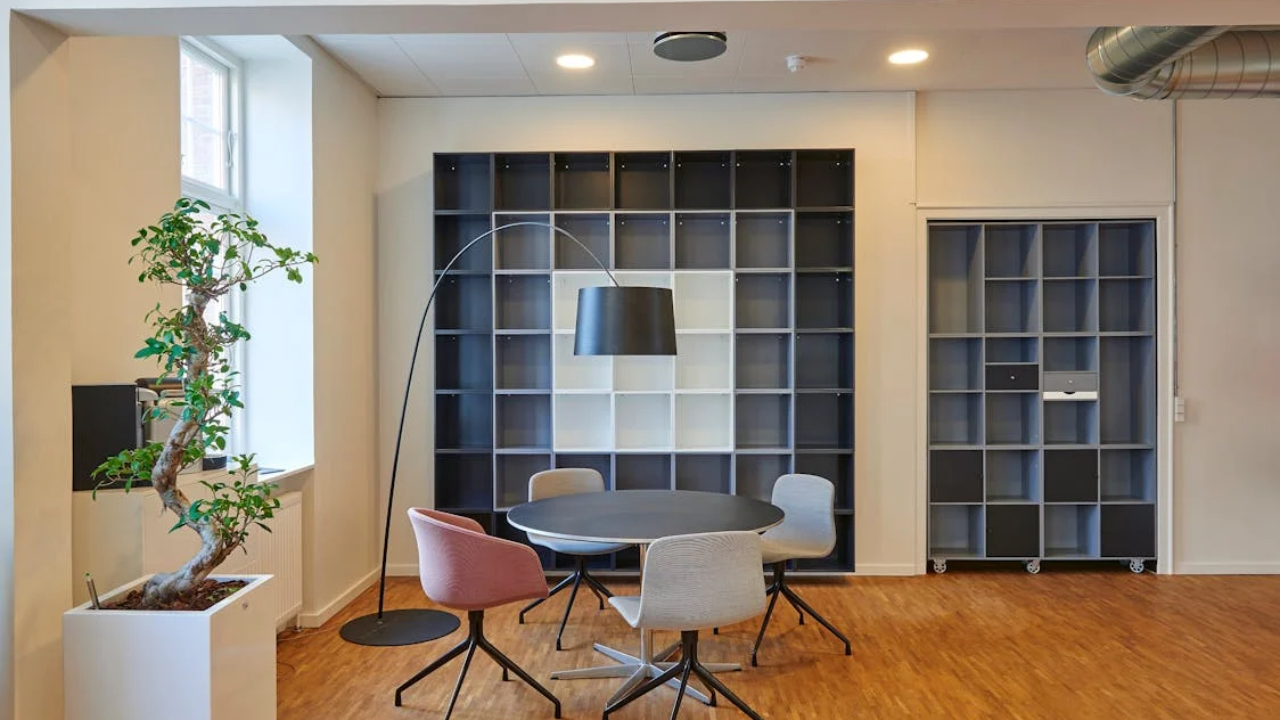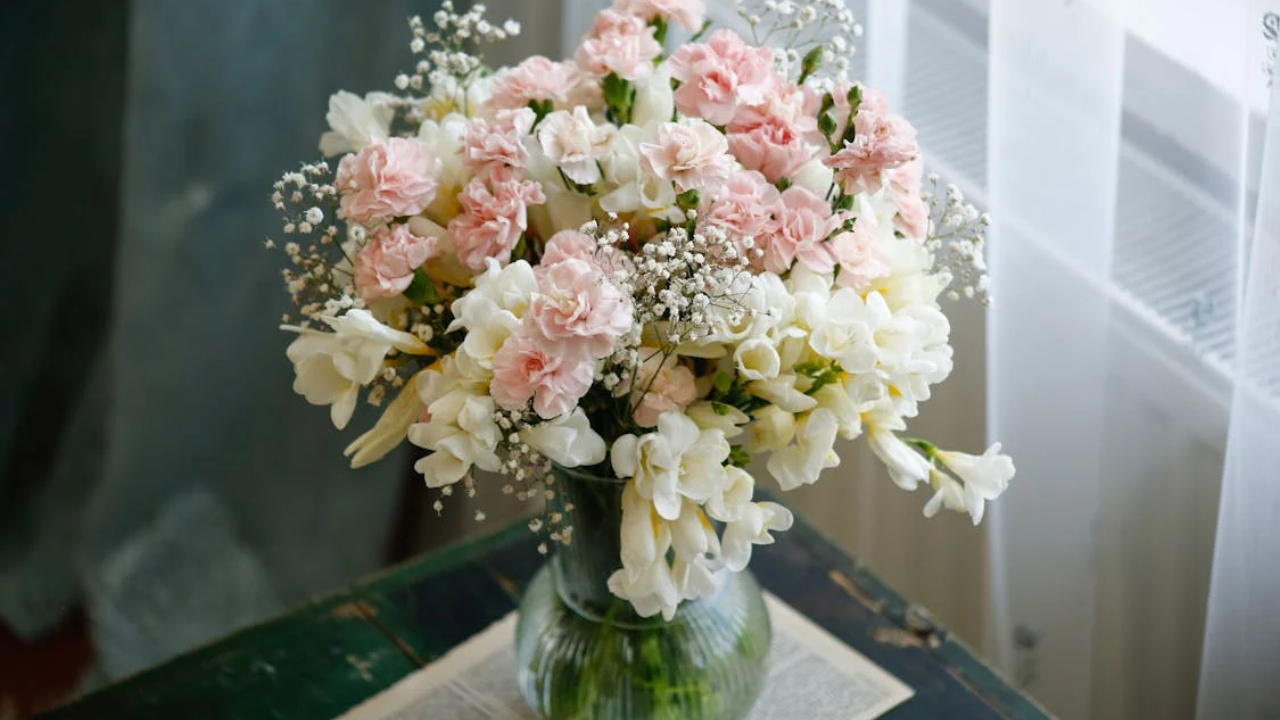Scandinavian Simplicity: Nordic Living Room Designs
Scandinavian design, known for its simplicity, functionality, and connection to nature, has become a popular choice for living room interiors worldwide. This style, originating from the Nordic countries of Sweden, Norway, Denmark, and Finland, emphasizes clean lines, minimalism, and a serene atmosphere. Here’s how you can incorporate Scandinavian simplicity into your living room design.
1. Embrace Neutral Color Palettes
Scandinavian design often features a neutral color scheme, with whites, grays, and beiges dominating the palette. These colors create a calm and inviting atmosphere, making the space feel larger and more open.
Tip: Use white walls as a blank canvas and add subtle pops of color through accessories like cushions, throws, and artwork.
2. Incorporate Natural Materials
Wood, leather, and natural fibers are staples in Nordic design. These materials add warmth and texture to the space, creating a cozy and inviting environment.
Tip: Opt for wooden furniture with clean lines and natural finishes. Incorporate elements like wool rugs, linen curtains, and leather accents.
3. Maximize Natural Light
Scandinavian homes are designed to make the most of natural light, which is especially important during the long, dark winters. Large windows, light-colored walls, and strategically placed mirrors can help brighten the space.
Tip: Avoid heavy drapes and opt for sheer curtains or blinds that allow light to filter through.
4. Focus on Functionality
Every piece of furniture in a Scandinavian living room serves a purpose. The design is all about practicality and efficiency without sacrificing style.
Tip: Choose multifunctional furniture, such as a coffee table with storage or a sofa bed, to maximize space and utility.
5. Add Cozy Textiles
To balance the minimalist aesthetic, Scandinavian design incorporates cozy textiles that add warmth and comfort. Think soft blankets, plush cushions, and thick rugs.
Tip: Layer different textures, such as a wool throw over a linen sofa, to create a rich, inviting look.
6. Incorporate Greenery
Plants are an essential element in Nordic design, bringing a touch of nature indoors and improving air quality.
Tip: Choose low-maintenance plants like succulents, snake plants, or fiddle leaf figs. Use simple, stylish pots that complement the overall decor.
7. Use Simple and Elegant Lighting
Lighting in Scandinavian design is both functional and decorative. Pendant lights, floor lamps, and wall sconces with clean lines and simple designs are popular choices.
Tip: Opt for LED bulbs to save energy and choose dimmable options to create a cozy ambiance in the evenings.
8. Create a Clutter-Free Space
A hallmark of Scandinavian design is its uncluttered look. Keep surfaces clear and only display items that are both beautiful and functional.
Tip: Use storage solutions like baskets, shelves, and cabinets to keep clutter out of sight and maintain a tidy space.
9. Incorporate Hygge Elements
Hygge, a Danish concept that emphasizes coziness and contentment, is integral to Scandinavian living rooms. This can be achieved through soft lighting, comfortable seating, and personal touches.
Tip: Add candles, soft throws, and personal mementos to create a warm and inviting atmosphere.
10. Opt for Minimalist Art and Decor
Art and decor in Scandinavian design are typically minimalistic, with a focus on simplicity and elegance. Black and white photography, abstract prints, and simple line drawings are common choices.
Tip: Create a gallery wall with a mix of framed prints and photographs to add visual interest without overwhelming the space.
Scandinavian simplicity in living room design is all about creating a serene, functional, and aesthetically pleasing space. By embracing neutral colors, natural materials, and minimalist decor, you can transform your living room into a Nordic-inspired haven. Whether you’re starting from scratch or looking to refresh your current space, these tips will help you achieve the perfect balance of form and function.



